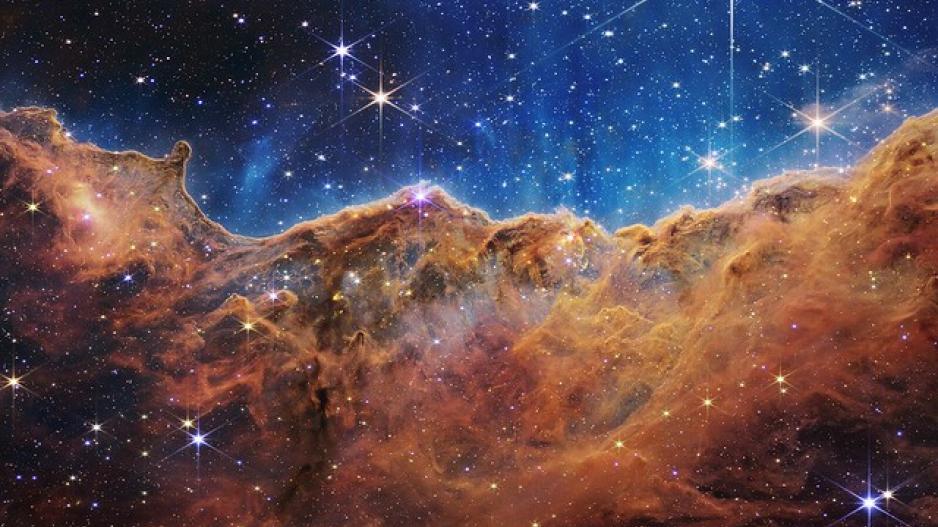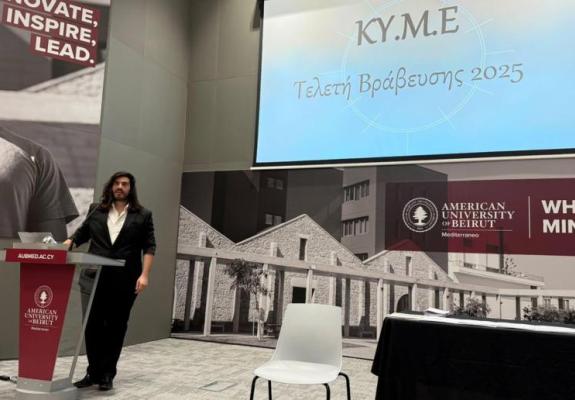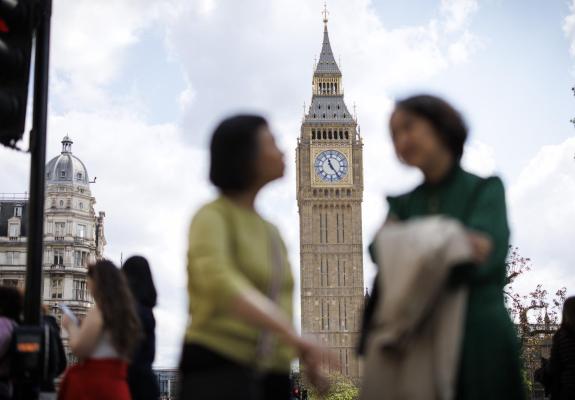Earliest Detection of Black Hole Merger Found by James Webb Telescope (Vid)
Discovery Highlights Rapid Growth of Black Holes During Universe's Dawn
Galaxy mergers are among the most common cosmic processes, resulting in numerous phenomena related to the evolution of the Universe.
A team of international astronomers using the James Webb Space Telescope has found evidence of an ongoing merger between two galaxies and their massive black holes when the Universe was only 740 million years old. This marks the most distant detection of black hole mergers ever achieved and the first time such an event has been observed so early in the Universe's history.
One of the black holes has a mass 50 million times greater than that of the Sun. "The mass of the other black hole is likely similar, although it is very difficult to measure because it is buried in dense gas," explains Roberto Maiolino from the University of Cambridge and University College London, a member of the research team. The observed galactic system is known as ZS7.
"Our findings suggest that mergers are a significant pathway through which black holes can grow rapidly, even during the cosmic dawn. Along with other Webb findings on active, massive black holes in the distant Universe, our results also indicate that massive black holes shape galaxy evolution from the very beginning," explains study lead author Hanna Übler from the University of Cambridge.
The team notes that once the two black holes merge, they will create gravitational waves. Events like this will be detectable with the next generation of gravitational wave observatories, such as the recently approved LISA mission by the European Space Agency.






